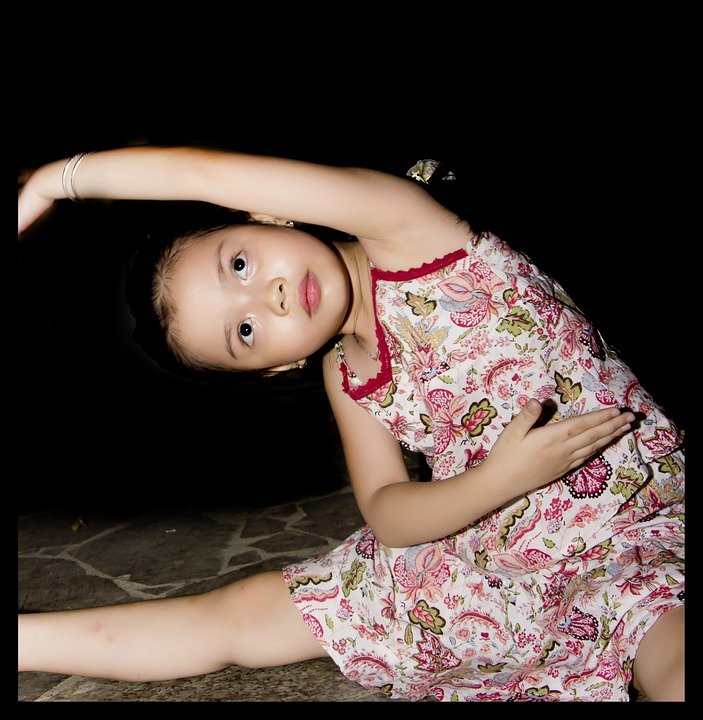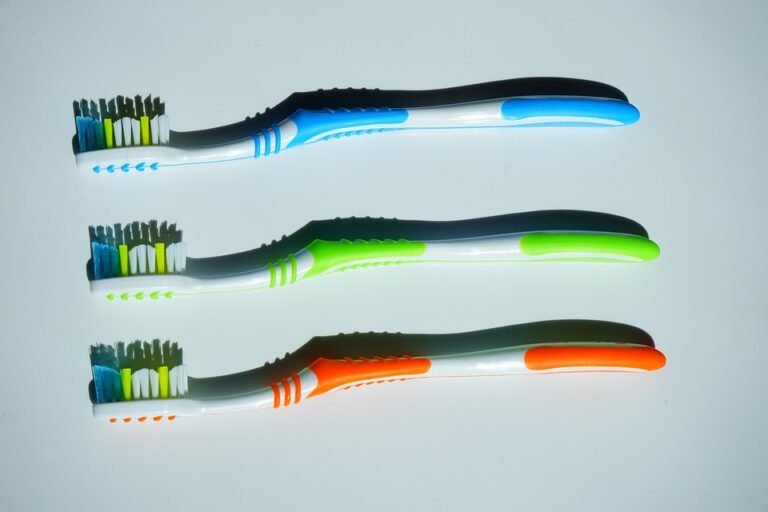What is the role of facial landmarks in photographic smile analysis
I’m working on a project to automatically analyze smiles in photographs. I’m trying to quantify the "authenticity" or "quality" of a smile, not just whether a smile is present or not. I’ve come across resources mentioning facial landmarks and their use in expression analysis, but I’m not entirely sure how they contribute specifically to analyzing smiles in photographs, and especially regarding authenticity.
I’m using deep learning for facial landmark detection (specifically, 68-point landmarks), so I have the coordinates of these points in each image. What features can I extract from these landmarks that are particularly relevant to smile analysis? Are there specific distances, angles, or ratios between certain landmarks that are indicative of a genuine smile versus a forced one?
For instance, I’ve heard about Duchenne smiles involving the Orbicularis Oculi muscle. Can the movement around the eyes, as indicated by landmark positions, be quantified to distinguish between a Duchenne and non-Duchenne smile using only these landmark coordinates?
Also, are there any established methods or algorithms that use facial landmarks for smile quality assessment that I should be looking into? Research papers or open-source libraries would be incredibly helpful. I’m particularly interested in methods that are robust to variations in pose and lighting. I want to avoid simple "smile/no smile" classifiers and really get down to the nuances of a genuine smile.
Answer
Facial landmarks, also known as facial feature points, play a crucial role in photographic smile analysis by providing a quantifiable and objective way to characterize and understand the nuances of a smile. They serve as anchor points for measuring various aspects of the smile, facilitating both automated and manual analysis. Here’s a detailed breakdown of their role:
1. Defining and Delineating Key Facial Features:
Facial landmarks are specifically located at anatomically significant points on the face. For smile analysis, the most relevant landmarks include those around the eyes, eyebrows, nose, mouth, and chin. These landmarks:
-
Define the Mouth Region: Landmarks on the corners of the mouth (cheilions), the upper and lower lip borders, and the Cupid’s bow precisely outline the shape and position of the lips during a smile.
-
Establish a Facial Coordinate System: A set of landmarks across the entire face, including the eyes and nose, establishes a coordinate system within the image. This allows for standardized measurements and comparisons, minimizing the influence of head pose variations.
- Facilitate Feature Extraction: Once the landmarks are located, relevant features of the smile can be extracted, such as lip height, lip width, and the distance between the lips and other facial features.
2. Quantifying Smile Characteristics:
By measuring distances, angles, and ratios between different landmarks, several important smile characteristics can be quantified. This quantifiable data is essential for:
-
Smile Intensity: The degree of mouth opening, the elevation of the lip corners, and the display of teeth can be measured using landmarks to assess the intensity or genuineness of the smile. Larger mouth openings, greater lip corner elevation, and increased tooth exposure typically indicate a more intense or authentic smile.
-
Smile Symmetry: Landmarks allow for assessing the symmetry of the smile. By comparing the distances and angles between corresponding landmarks on the left and right sides of the face, deviations from perfect symmetry can be identified. A perfectly symmetrical smile is rare, but significant asymmetry can be perceived as less aesthetically pleasing.
-
Tooth Display: The amount of upper and lower teeth displayed during a smile can be precisely measured using landmarks along the lip line and the incisal edges of the teeth. Factors like the gingival display (gummy smile) can also be quantified by measuring the distance between the upper lip and the gum line.
-
Lip Shape and Curvature: Landmarks along the upper and lower lip borders can be used to model the lip shape and curvature. This allows for objective comparisons of different lip shapes and assessing their influence on the overall attractiveness of the smile.
- Smile Angle: The angle formed by a line connecting the lip corners and a horizontal line is known as the smile angle. This angle can be measured using landmarks and is related to the perceived pleasantness of the smile. A wider smile angle often corresponds to a more attractive smile.
3. Enabling Automated Smile Analysis:
Facial landmarks are a cornerstone of automated smile analysis systems. Computer vision algorithms can be trained to detect and locate these landmarks automatically in photographs or videos. This enables:
-
Real-Time Smile Detection and Recognition: Automated landmark detection allows for real-time identification of smiles in videos or live camera feeds, enabling applications like mood recognition, human-computer interaction, and animation.
-
Automated Smile Assessment: Once landmarks are detected, the smile characteristics mentioned above can be automatically calculated, providing objective measures of smile intensity, symmetry, and attractiveness.
-
Smile Classification: Machine learning models can be trained on datasets of smiles labeled with attributes like "genuine," "posed," or "attractive." These models can then use landmark-derived features to classify new smiles automatically.
- Smile Enhancement and Modification: Landmark information can be used to modify the appearance of a smile in images or videos. For example, software can automatically adjust the lip corners, whiten teeth, or reduce gingival display to enhance the smile.
4. Assisting in Clinical Applications:
In clinical settings, facial landmarks are valuable tools for:
-
Orthodontic Treatment Planning: Landmarks can be used to assess the pre-treatment smile and predict the effects of orthodontic treatment on the smile.
-
Cosmetic Dentistry: Landmarks help dentists plan smile makeovers by providing a quantitative framework for designing the ideal tooth shape, size, and position.
-
Surgical Planning: In orthognathic surgery (corrective jaw surgery), landmarks are essential for planning the surgical movements of the jaws to improve facial aesthetics and occlusion, which will in turn affect the smile.
- Evaluating Treatment Outcomes: After treatment, landmarks can be used to objectively evaluate the changes in smile aesthetics and function.
5. Standardization and Comparison:
The use of facial landmarks promotes standardization in smile analysis. By using a common set of landmarks and measurement protocols, researchers and clinicians can compare results across different studies and populations. This standardization is crucial for developing a better understanding of the factors that contribute to a pleasing and natural smile.
In summary, facial landmarks are fundamental for providing a structured and quantifiable framework for photographic smile analysis. They enable precise measurement of smile characteristics, facilitate automated smile analysis, and assist in clinical applications, all contributing to a more objective and data-driven approach to understanding and enhancing the human smile.


